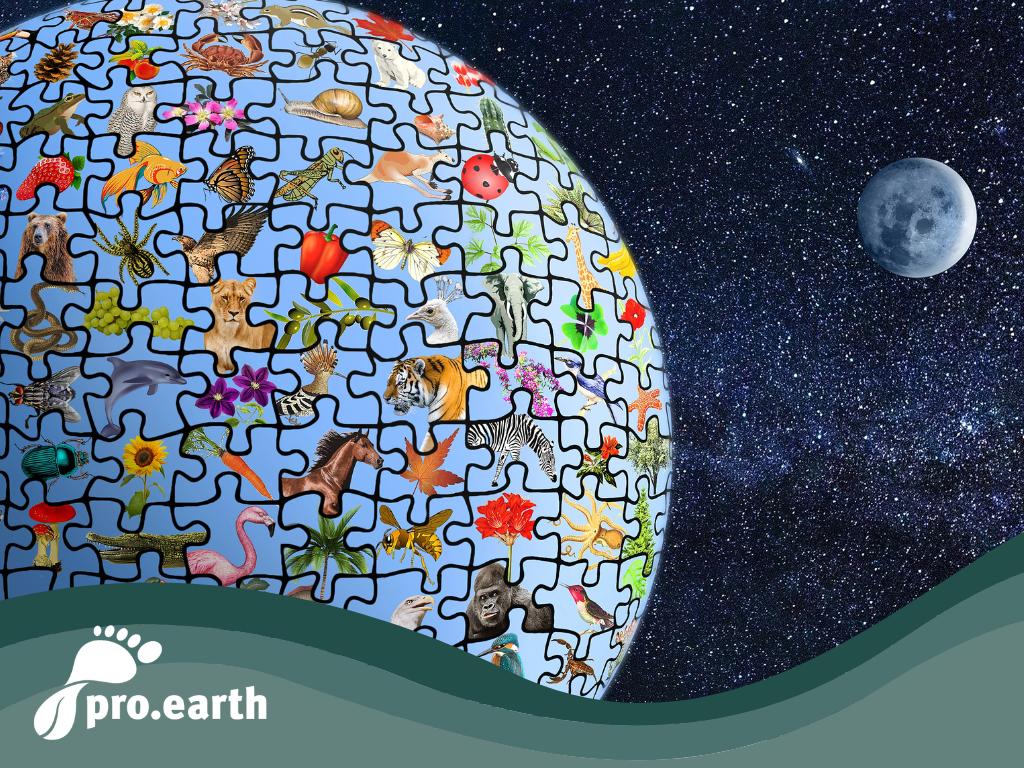The threat to biodiversity

University of Sustainability on the International Day of Biodiversity
May 22, 2023 is the International Day for Biological Diversity. Launched by UNESCO in 2001, the day of action takes place annually and serves to raise awareness of the importance of biodiversity. Biodiversity, i.e. the diversity of all living creatures on our planet, is the basis for a functioning ecosystem and has an impact on climate change.
Bernhard Sams, Founding Chancellor of Charlotte Fresenius Private University in Vienna - Austria's first university with a focus on sustainability - and Deputy Chairman of the Salzburg Nature and Biodiversity Conservation Union, talks about how explosive the situation is and what measures need to be implemented immediately. Many studies show that climate change is altering ecosystems worldwide. This is leading to a loss of species, an increase in diseases and increased mortality of plants and animals. "We are already experiencing a decline in important ecosystems due to climate change
," explains Sams.
Biodiversity under threat
Threats to species and ecosystems - especially in biodiversity hotspots - would represent a global risk that would increase with every additional tenth of a degree of warming. Austria and Germany are massively affected by all of these developments. The conservation status of EU protected species is not satisfactory in the vacation paradise of Austria or in the EU as a whole: Only 18 percent of habitat types and 14 percent of species are in a favorable status. Of the 270 Austrian bird species, 35 percent show a stable but 25 percent a negative population trend. The proportion of threatened species is particularly high for reptiles and amphibians at almost 100 percent, while for the remaining vertebrate groups it is between 45 and 65 percent. For invertebrates such as insects, between 38 and 100 percent of species are threatened. Of the 488 biotope types in Austria, 246 are endangered or highly endangered. The degree of endangerment is highest for grassland (90 percent), moors, marshes and springs (83 percent) and water bodies (76 percent).
Important measures
"It is clear that all measures that must be taken to mitigate the climate and biodiversity catastrophe must also be documented in terms of type, scope and, above all, target achievement, and must be subject to regular evaluation and readjustment of instruments and resources,"
demands Sams.
Priority should be given to the following objectives: minimizing additional pressures or disturbances, reducing fragmentation, increasing natural habitat capture, improving connectivity and heterogeneity, maintaining diversity and effectively protecting small refugia where microclimate conditions can enable species to survive.
"An immediate ban on the deterioration of all areas in terms of ecological quality and a requirement to improve all critical areas
," demands Sams.
The primary goal is to protect and restore ecosystems in order to increase resilience to the effects of climate change, promote carbon sequestration and actively restore positive environmental conditions across the board for the flourishing of native flora and fauna. According to Sams, who comes from Salzburg, this requires an immediate ban on the deterioration of all areas in terms of ecological quality and a requirement to improve all critical areas. Far-reaching partnerships and action programs for the restoration of an ecologically high-quality environment for the preservation and restoration of native biodiversity must be ensured, especially with agriculture.
"The consideration of interdisciplinary scientific information, local knowledge and practical expertise and, above all, the effective persuasion of the local population to participate in the necessary projects is essential for effective and socially recognized and supported environmental protection
," says Sams.






